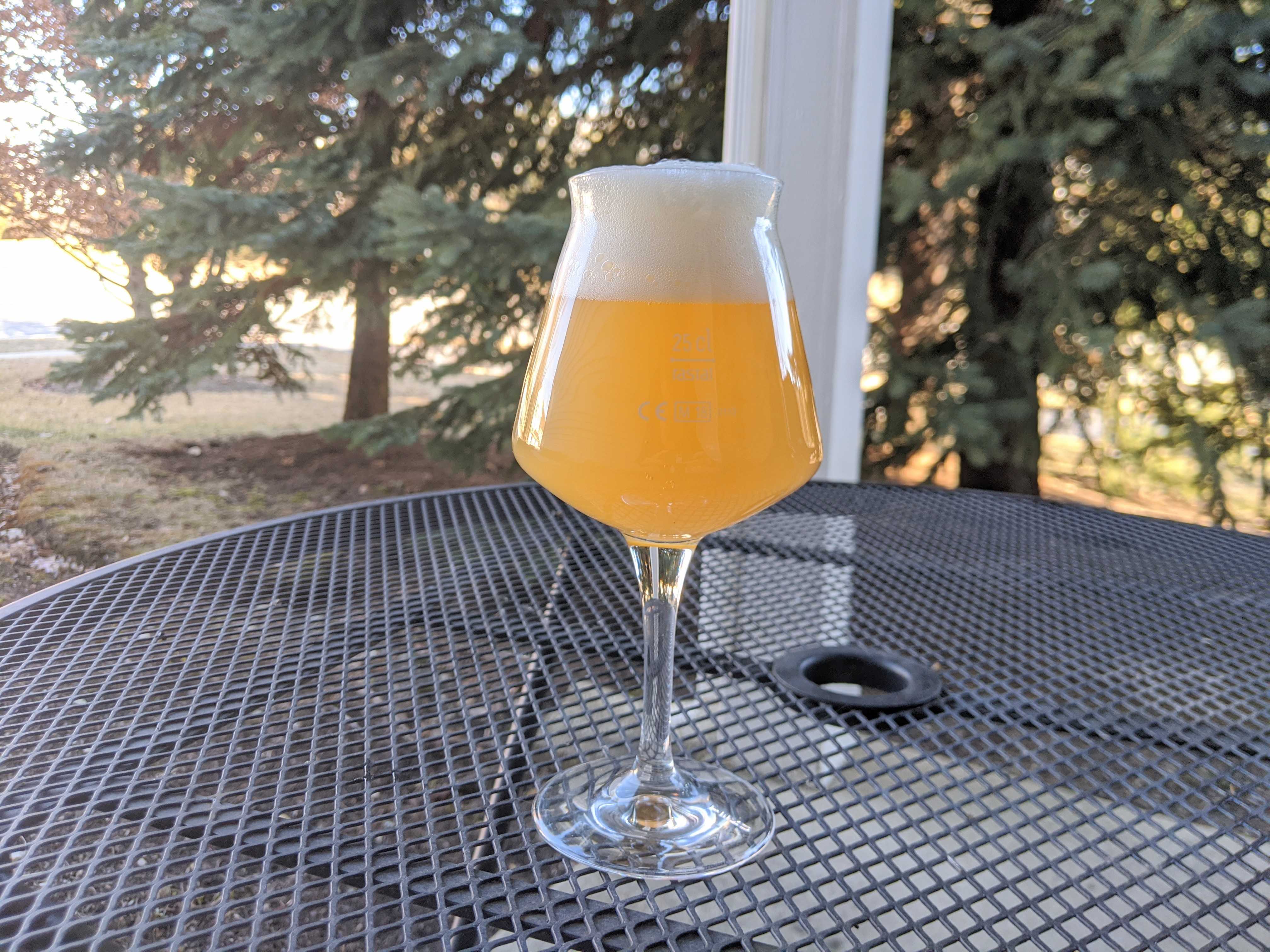secretlevel
Well-Known Member
There's a fair amount of skepticism on various online platforms surrounding NEIPA and being able to bottle it without having a kegging setup.
With a little caution and a good process, I've been able to successfully bottle my NEIPA's. I have been able to drink these 2 months after bottling with great success and even won medals at competitions. They never turned dark brown and flavors like cardboard were nowhere to be found - just great hoppy flavors and aroma.
Here's the process:
I hope this helps other newbies that have had bad luck brewing this elusive style

With a little caution and a good process, I've been able to successfully bottle my NEIPA's. I have been able to drink these 2 months after bottling with great success and even won medals at competitions. They never turned dark brown and flavors like cardboard were nowhere to be found - just great hoppy flavors and aroma.
Here's the process:
- Use a bucket with a spigot. Ferment in this bucket. Take samples using spigot.
- Dry hop in muslin baggies by cracking the lid and sealing back up once you're done. I suspend with floss to avoid hops clogging the spigot later on.
- Add priming sugar, carbonation drops or a priming solution to your bottles when ready
- Install tubing and bottling wand onto your spigot
- Bottle away! Take out the airlock when ready, but don't take off the lid.
I hope this helps other newbies that have had bad luck brewing this elusive style



































![Craft A Brew - Safale BE-256 Yeast - Fermentis - Belgian Ale Dry Yeast - For Belgian & Strong Ales - Ingredients for Home Brewing - Beer Making Supplies - [3 Pack]](https://m.media-amazon.com/images/I/51bcKEwQmWL._SL500_.jpg)






















